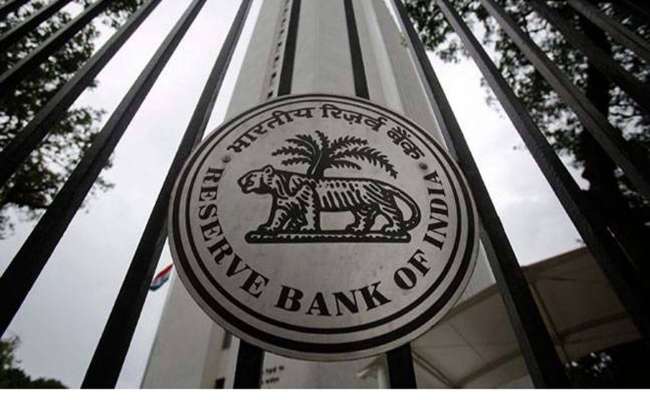Why infra lending firms are under the RBI's scanner

All the woes in the infrastructure space in India seem to have now converged to shake up the financial sector in India, and rattle its markets. The crisis at infrastructure lending conglomerate Infrastructure Leasing & Financial Services (IL&FS) which was instrumental in the inception of public-private partnerships in India, could not have come at a worse time.
The country is already battling a falling currency, the current account deficit is widening as oil prices soar in the global market, and its public sector banks are going through a painful process to retrieve some of its gargantuan bad loans. Now, its stock markets have been shaken up by the IL&FS imbroglio, and there are many who feel that the rot may be much larger than what was initially thought and could even bring other non-banking financial companies (NBFCs) under the scanner.
Alarmingly, IL&FS is faced with a Rs 91,000 crore debt and is saddled with a severe liquidity crunch. It has repeatedly missed debt payments in the past few months. On September 24, for the third time this month, IL&FS defaulted on interest payments on commercial papers. Commercial paper is an unsecured, short-term debt instrument issued by a corporation, typically for the financing of accounts receivable and inventories, and meeting short-term liabilities.
IT defaulted on a short-term loan of Rs 1,000 crore from Small Industries Development Bank of India (SIDBI). It has not been able to pay Rs 490 crore so far this year and is due to pay an additional Rs 220 crore by October end. In the next six months, it needs to pay up as much as Rs 3,600 crore. There are reports that SIDBI has filed an insolvency application against IL&FS at the National Company Law Board Tribunal (NCLT).
When a financier, which has been categorised by the RBI as "systematically important", has such a huge debt, there is a lot of trouble in that. The firm has also major state-owned entities as shareholders, including the Life Insurance Corporation of India, the State Bank of India and the Central Bank of India.

The danger is that almost 60 per cent of IL&FS’s borrowings are in nonconvertible debentures, that are not secured by physical assets or securities. As much as Rs 10,198 crore of outstanding borrowings are in debentures and another Rs 2,007 crore are in commercial paper. A major chunk of the debentures are subscribed by insurance companies. pension funds and provident funds — savings that the country's middle-class bank on.
Any collapse of the firm can have grave consequences for the non-banking financial companies (NBFCs) in the country. LIC has said it will not allow IL&FS to collapse, and RBI and market regulator Sebi too have said they will take appropriate action to prevent market disruption. But investors’ fears have refused to go away. Already, in the political realm, daggers are out, with the opposition Congress accusing the Modi government of bringing India to the “verge of economic collapse” and demanding a Supreme Court-monitored probe into “financial mismanagement” at IL&FS group.
Sources say that there could be more infrastructure lending firms that could come under the scanner. Firms such as IDFC should be looked at more closely, as the firm has to retire ‘long liability in the next three years of a very high order’, they say.
In a research report, Edelweiss says “Medium-term valuations of NBFCs are likely to contract as we expect: a) funding to become expensive (especially for players dependent on the debt market with relatively shorter duration namely. Dewan Housing Finance, Repco, Manappuram); b) risk appetite to wane and growth to moderate; c) preserve more liquidity and asset quality deterioration is unlikely.” In the current liquidity scenario, the report added, it was also pruning earnings estimates by 5 to 15 per cent for the current and the next financial years as well as the valuation multiples of NBFCs in the 20-30 per cent range.

